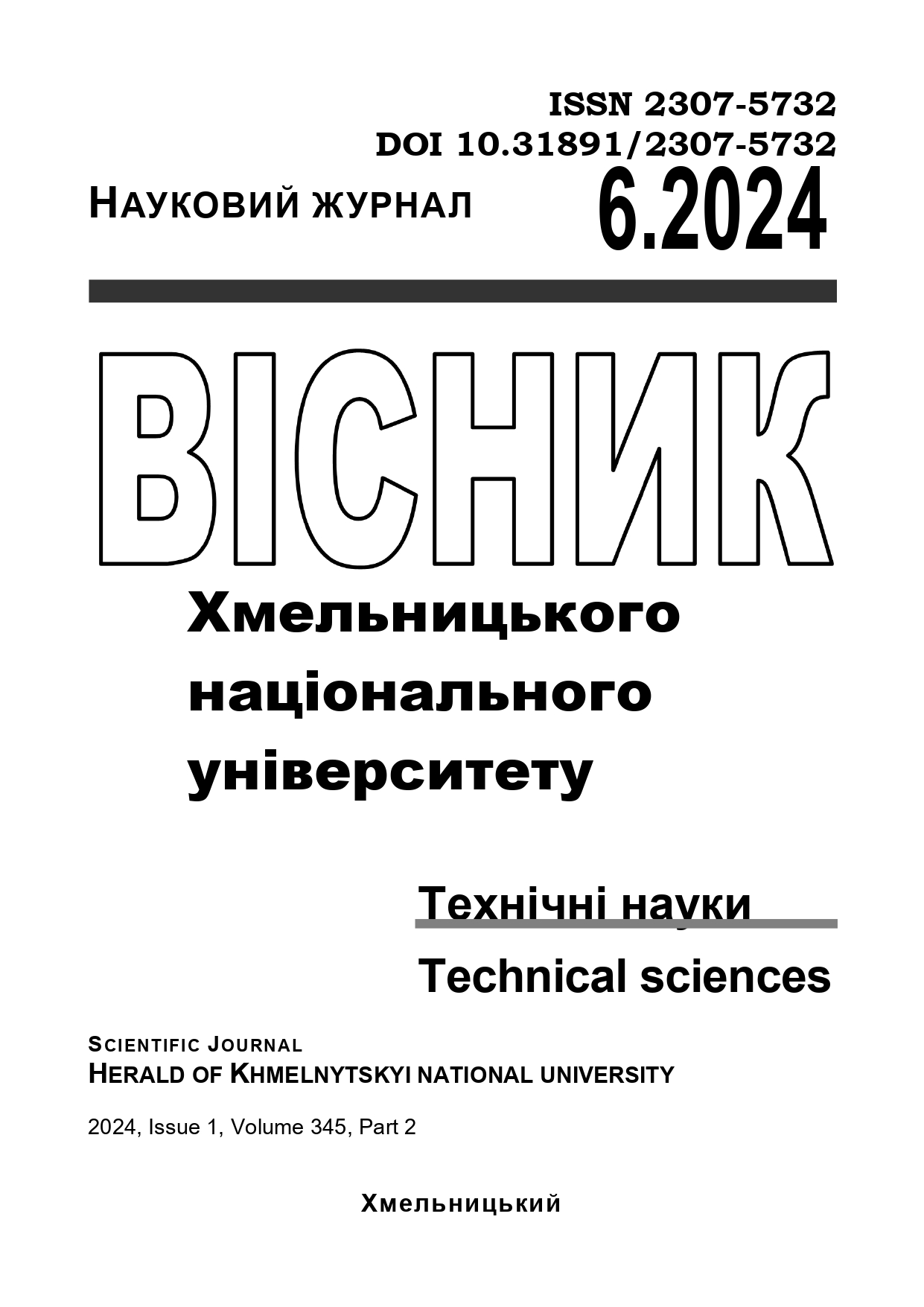CAPACITIVE TOUCH PANEL STYLING SIGNAL SELECTION BASED ON QUADRATURE DETECTOR
DOI:
https://doi.org/10.31891/2307-5732-2024-345-6-32Keywords:
capacitance sensor, stylus, signal selectionAbstract
The problems of selection signals in a capacitive sensor panel with an active free running stylus are considered. The novelty of proposed signal processing approaches is possibility of two signals simultaneous measurement and selection. The author of this article proposed methods and developed algorithmic and structural solutions for devices for interacting with capacitive touch panels with active styluses. The main ones are: a method of dual-mode signal selection based on quadrature demodulation. The novelty of the proposed method of signal conversion of an active unsynchronized stylus is the simultaneous measurement and selection of two signals. The first signal is formed by touching the capacitive panel with a finger and is measured in the Finger Detection mode. Analysis of the frequency response of the above-mentioned elementary and quadrature detectors shows that signal converters based on them provide a high level of selectivity with respect to even harmonics 2f0, 4f0, 6f0 … It is shown that a significant problem in detecting an unsynchronized stylus signal is the lack of information about the phase of its signal, which limits the possibility of using synchronous detection methods. To solve this problem, synchronous detection approaches with quadrature demodulation of the stylus signal are used. For this, two components of the detected signal SA and SB are formed, the phases of the detection pulses of which CA and CB are mutually shifted by 90..
Possible options for choosing frequencies are considered, in particular, it is assumed that the frequency fFT of measuring the matrix capacitance is twice as large or twice as small as the frequency fST of the stylus radiation. Parallel and serial options for switching the signal polarity are presented. The signal converter is implemented on a programmable PsoC SoC (Cypress Semiconductor)

